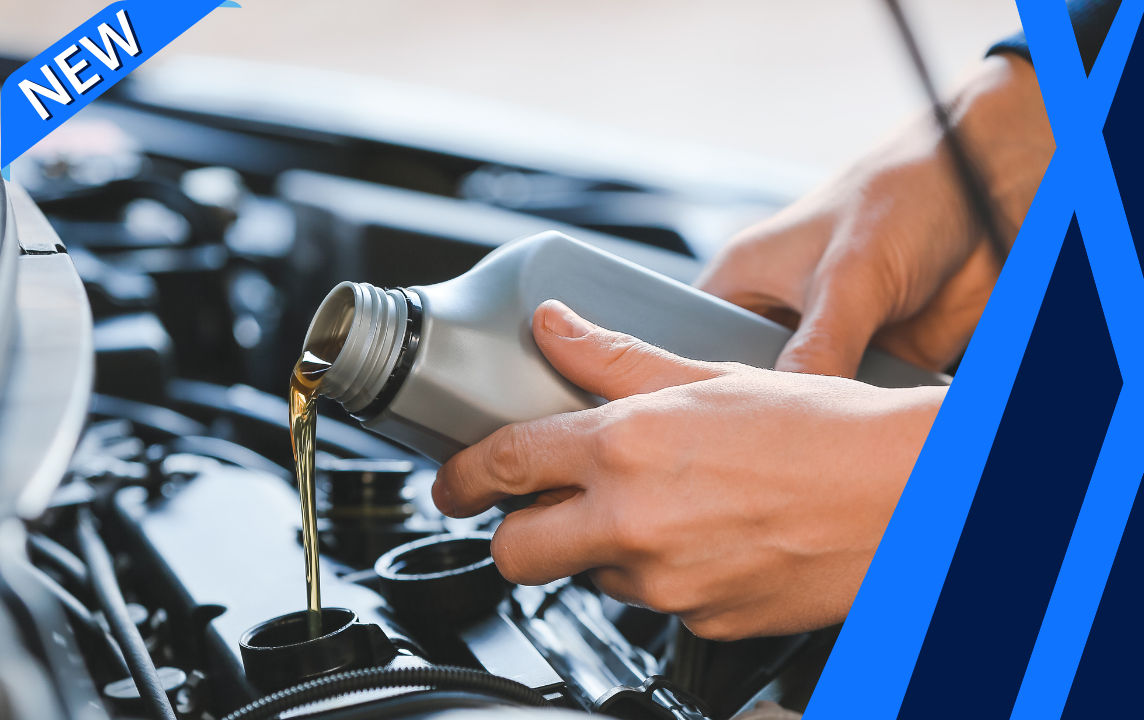Description
Brakes, Steering and Suspension Inspection
How this system works:
Brakes
Brakes are available as discs or drums, and older vehicles tend to have drum brakes while new models incorporate disc brakes. Both systems use friction and resistance to bring the car to a stop.
Disc brakes have a rotor that is connected to the wheel. Brake pads grind against the rotor, creating friction, which brings the car to a stop. Over time, brake pads and rotors will wear down and have to be replaced.
Drum brakes work on the same principle. A drum is attached to the wheel, and when the brake pedal is depressed, brake shoes press against the drum, slowing the vehicle. Brake shoes, like pads, will wear out over time.
Suspension
The job of the suspension system is to maximise the friction between the tyres and the road and provide stability to the steering system. There are several different suspension systems. The main components of the suspension system are struts, shock absorbers, springs and tyres.
The springs help to support the weight of the vehicle; they also maintain ride height and absorb bumps in the road.
The shocks reduce the up and down motion of the car that is produced when the vehicle hits bumps on the road or highway.
Struts replace the shocks and springs on some vehicles. They combine the shock and spring into a single unit.
tyres keep the vehicle in contact with the road and provide traction to make driving safe.
Steering System
The steering system takes the rotation of the steering wheel and converts it into the swivelling motion of the wheels.
A rack and pinion system uses a gear set that is enclosed in a metal tube. Both ends of the rack protruding from the end of the tube. A tie rod connects to each end of the rack and the pinion gear is attached to a steering shaft. As the steering wheel is turned, the gear spins which moves the rack.
Common reasons for this to happen:
Brakes
- Loss of Hydraulic Pressure: The brake system uses hydraulic pressure to push the brake pads against the rotors. If there is a leak in the hydraulic system the brakes will not provide the correct stopping power.
- Worn Brake Pads: Brake: Brake pads will wear out over time. They have an indicator that will make contact with the rotor and produce a squealing noise when they get too thin. If the brakes are squealing the pads should be replaced. If the squealing turns into a grinding noise, the pads have worn through completely, this can damage the rotors which is a much more expensive repair.
- Stuck Caliper: The callipers push the brake pads against the rotors. If a calliper gets stuck the vehicle will pull to one side. A failing brake hose can cause this issue.
- Warped Rotors: If the rotors are exposed to stress, such as towing or mountain driving, they can warp. Warped rotors will cause the vehicle to vibrate and shake while braking.
- Worn Brake Shoes: This is basically the drum brake version of worn brake pads for disc brakes. A grinding noise indicates shoes that have been worn through completely. The shoes will squeal when they are too thin and need to be replaced.
Suspension
- Worn Shocks or Struts: In most vehicles, struts will eventually wear out and need to be replaced. If you notice excessive bouncing when going over bumps, or the vehicle nosedives when braking, it may be time to replace the shocks or struts.
- Uneven tyre wear: A failing suspension system can lead to uneven wear as the system does not hold the wheels even on the road at the proper angle. Suspension problems should be inspected and repaired as soon as possible. Look for bald spots on your tyres.
- Bad Spring Coils: In most cases, spring coils will last the life of the car but they can break. If the vehicle is not driving smoothly or leaning heavily to one side, the spring coils could be an issue. This should be fixed immediately.
- Leaking Shocks: Shocks will often have to be replaced over the life of a car. If there is oil leaking on the garage floor or a leak is visible from the shocks, it is time to get them replaced.
Steering
- Bad Tie Rods: Tie rods are the component that connects the steering linkage to the wheels of a vehicle. Eventually, tie rods will wear out. As they do the vehicle will go out of alignment and wear the tyres faster. There may also be a squeaky sound and the steering wheel may be harder to turn.
- Loose Lug Nuts: Something as simple as a loose lug nut will cause the steering wheel to shake. This is a fairly easy problem to fix.
- Unbalanced Wheels: This problem can also cause the steering wheel to shake at certain speeds. At higher speeds, this can become dangerous. The tyres should be balanced as soon as possible.
- Steering Gearbox Not Responding or Hard to Steer: if the steering wheel does not respond appropriately or it is hard to steer this can indicate a problem with the steering gearbox. This issue can quickly become dangerous. The steering system should be inspected and repaired as soon as possible.
- Power Steering Malfunction: The power steering component can malfunction for a number of reasons. Fluid may be leaking due to damaged seals on the power steering pump, or there could be a leak in one of the power steering hoses. A whirring or siren-like sound coming from the steering pump can be an indicator of this problem.
- Power Steering Pump: A failing power steering pump can make the steering wheel hard to turn and it may make a groaning noise when the wheel is turned. A failing pump will eventually die and need to be replaced.
What to expect:
A top-rated mobile mechanic will come to your home or office to determine the source and cause of the brake, suspension or steering issue, and will then provide a detailed inspection report that includes the scope and cost of the necessary repairs.
How important is this service?
All three of these systems are vital to the safety of the vehicle. While some issues with these systems will be more of an inconvenience than a safety issue, other problems can lead to dangerous driving conditions and the problem should be addressed as soon as possible.




